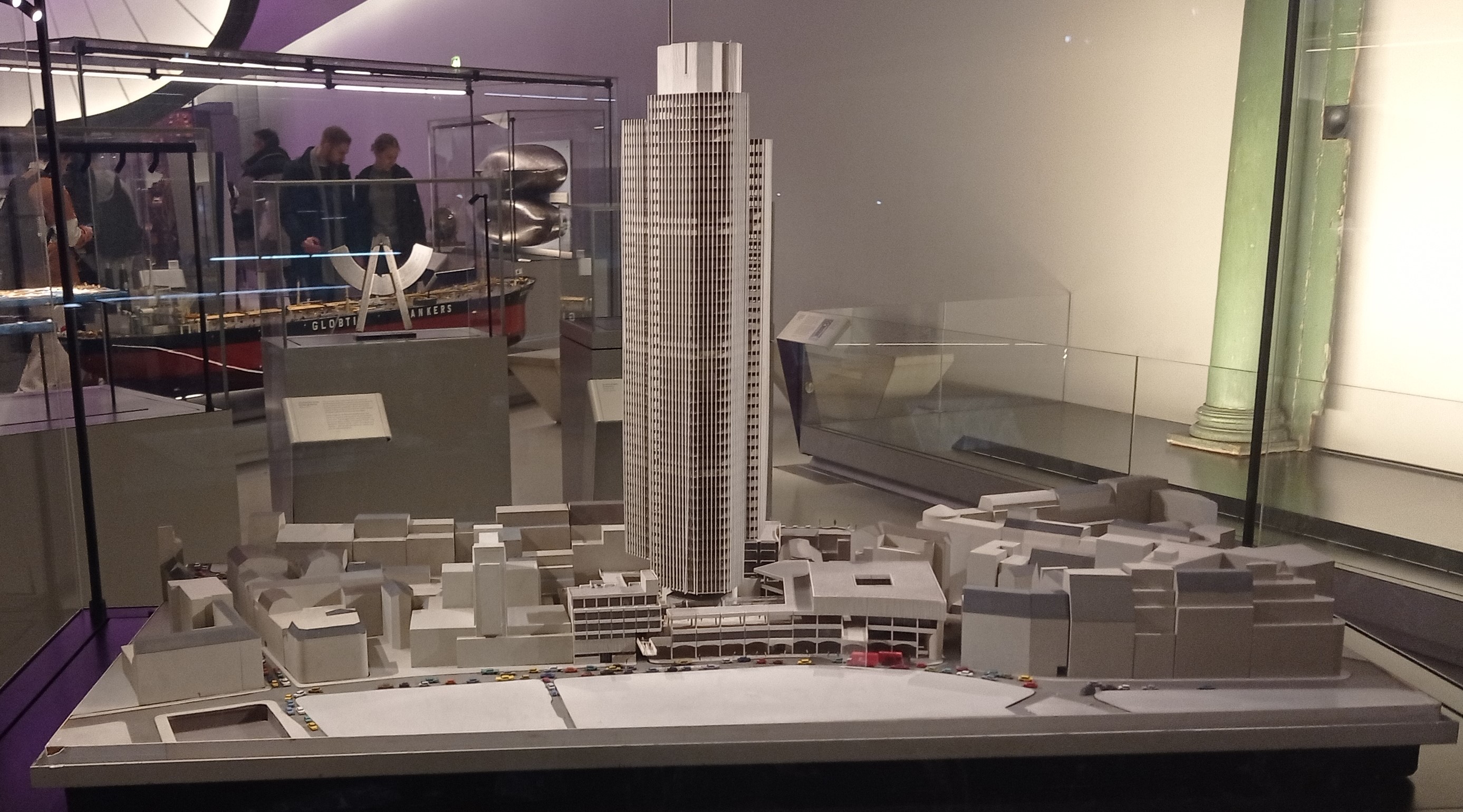How buildings stay up
Author: Stéphanie Ader
During the last century, mathematics became predominant in designing complex structures that stay up, such as the National Westminster Tower.
Taller buidings, longer bridges, bigger ships: these dreams of humanity have been realised thanks to mathematics.
Even since 1890, a mathematical approach was needed to ensure concrete buiding stay up.
As The Times remarked in 1909, concrete construction could only be successfully carried out by "engineers possessing
both practical and mathematical knowledge"
 |
 |
|
| Model of the National Westminster Tower Instead of columns, the 42 storeys of this tower sit on three huge slabs, and appear to float. This was only possible by painstaking mathematical analysis. |
String model of a vaulted form - 1872 This model shows that curved forms in architecture, can be constructed from straight elements. Back in the Victorian age, impressive architectural models we symbol of progress and modernity. Complicated geometrical structures were easier to build with mathematical knowledge, and mathematical instruments became a vital part of every engineer's toolkit. |
Mathematics is also used to model shapes and thus create buidings that apeears to defy gravity.
It is used to secure buidings in earthquake ones, where the effects of powerful tremors must be calculated in advance.
Engineers also model and calculte the effect of wind on tall buidings. They use aerodynamics to model the effect of changing air speed on different buiding shapes.